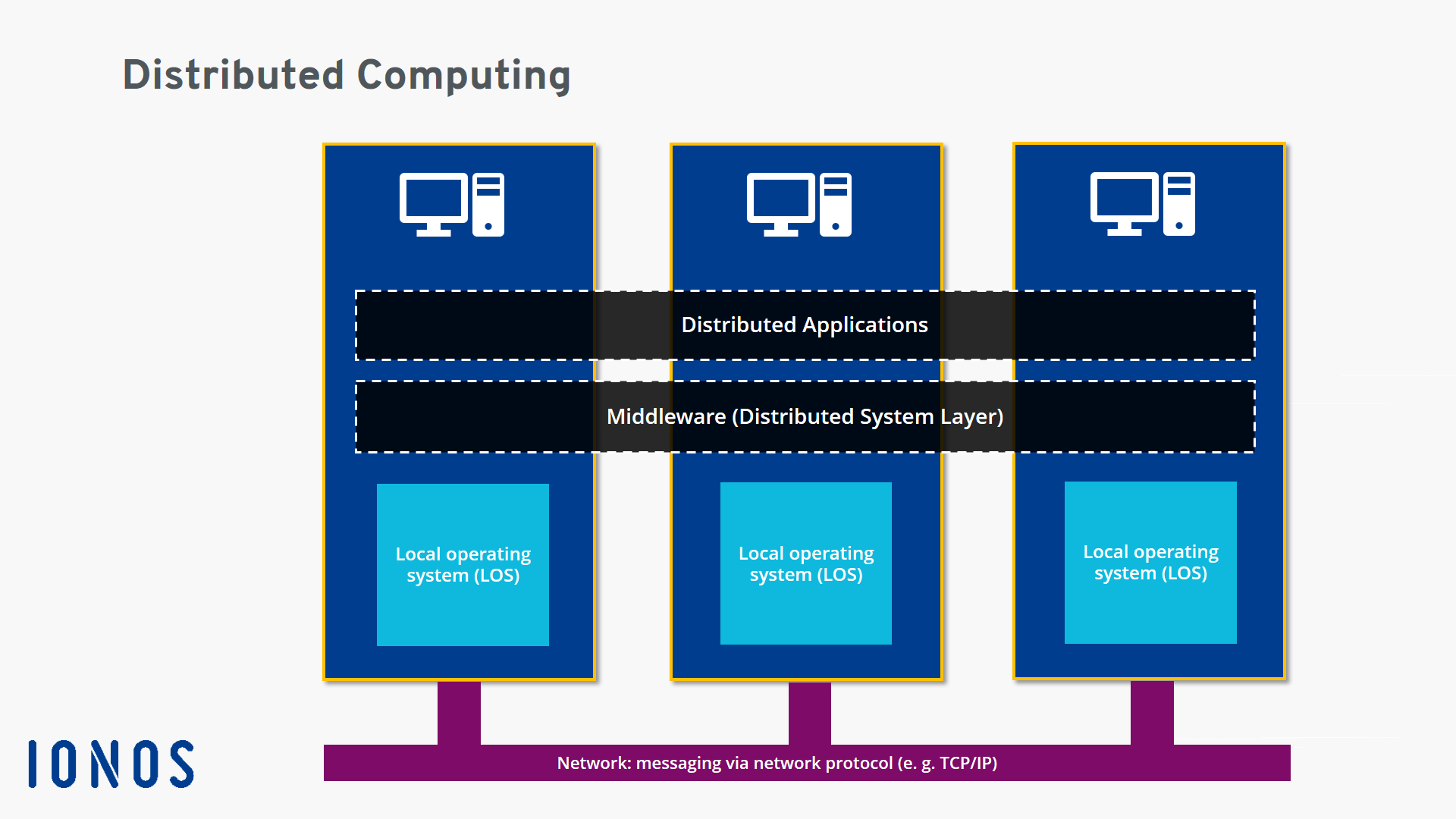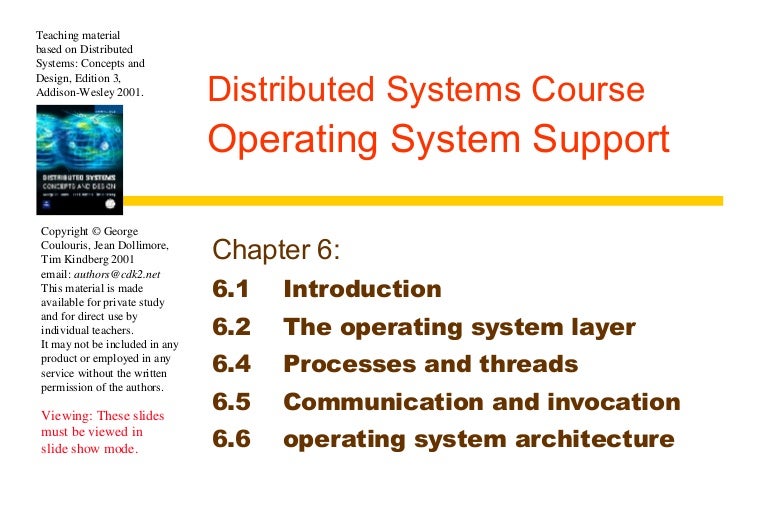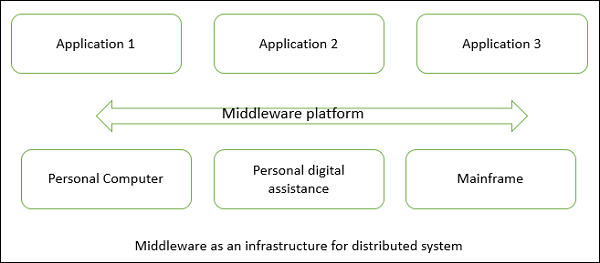

- DISTRIBUTED PROCESSING OPERATING SYSTEM STRUCTURES SOFTWARE
- DISTRIBUTED PROCESSING OPERATING SYSTEM STRUCTURES PC
- DISTRIBUTED PROCESSING OPERATING SYSTEM STRUCTURES SERIES

However, the client-server application has its drawbacks. Applications, like enterprise resource planning (ERP) software, often use this model, where client interaction with a central database server is crucial to the business process. The UI and business logic must closely couple with the database server for smooth access to data. In its two-layer design, the upper layer manages the application’s user interface (UI) and business logic (the client), while the lower layer manages organization and data management (the server). Client-server architectureĬlient-server architecture was the forerunner of distributed computing. These components just need to be transparent to the application and interact as though they are local to the application invoking them. This network infrastructure enables and manages communication between the functions regardless of their network location.ĭifferent components and objects can reside on various computers.
DISTRIBUTED PROCESSING OPERATING SYSTEM STRUCTURES SOFTWARE
In the distributed computing software architecture model, independently-developed objects and components make up an application connected by network infrastructure. This diversity created a further strain on inter-application interaction and data sharing.ĭistributed computing became the inevitable next step. Users were deploying applications on many different operating systems, hardware platforms, and network protocols. However, environmental constraints arose. We met this challenge with advancements in network computing like remote procedure calls over network protocols: Transmission Control Protocol and Internet Protocol (TCP/IP). This independence gave rise to a new challenge: application-to-application communication. This approach was efficient when personal computers (PCs) were less widely used, and end-users had more computer experience than the average consumer.Īs PCs became more common, and the pool of users became less experienced, intuitive software programs that could run on independent machines became important. In past years, when application developers wanted their application to process large data sets, they built mainframe-based applications. When we look back and appreciate the journey so far, we can envision (and ultimately create) the future with better clarity.
DISTRIBUTED PROCESSING OPERATING SYSTEM STRUCTURES SERIES
Instead, a series of need-inspired advancements got us to where we are today. The industry did not achieve this level of efficiency and timeliness overnight. Imagine all the different, complex, and (quite often now) physically distant components and services that must communicate with each other just to ensure that Google Maps takes you to Manhattan, Kansas, and not Manhattan, New York. This playbook will help you steer clear of common problems that might sabotage your design efforts.īefore we get into tips and best practices for designing your distributed system, it might be helpful to look back at the evolution of software architecture. To successfully architect a heterogeneous, secure, fault-tolerant, and efficient distributed system, you need conscientiousness and some level of experience. If you need resilient, resource-conserving systems with rapid delivery, it is time to design a distributed system. There also occurs sessions like you can read, write files in one session and session closes and then other user can do the same and so on.With companies expecting software products to handle constantly increasing volumes of requests and network bandwidth use, apps must be primed for scale.

There occurs locking of files during read/write action so no deadlock occurs between different computers. If there become updates in the file then it is written on one computer and changes are transferred to all the computers so the file seem same. But the file system acts different for each computer. For naming files single namespace is used on all the computers. Caching is also used in data manipulation. In the network file and folders are synchronized and naming conventions are used so that no error occurs during retrieving of data.

If there become more load on the network then it can be expandable by attaching more systems to the network. In that case requests are shared to neighbor attached PC.
DISTRIBUTED PROCESSING OPERATING SYSTEM STRUCTURES PC
if many requests are exchanging between single PC so load balancing occurs. in attached computers so losing of data is recovered. User store something in his pc and the file is stored in multiple locations i.e. There seem to be one processor with many computers attach to it. These systems share their memory, disk and user feel no difficulty in navigating through data. These types of systems appear to the user as they are single user systems.


 0 kommentar(er)
0 kommentar(er)
